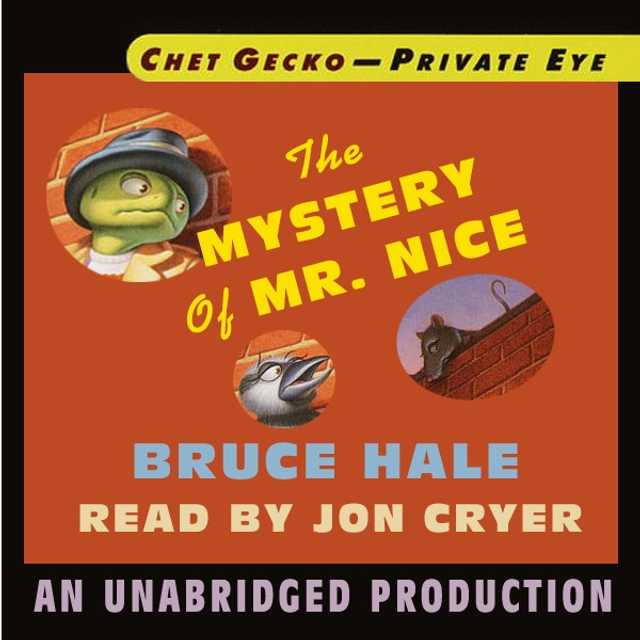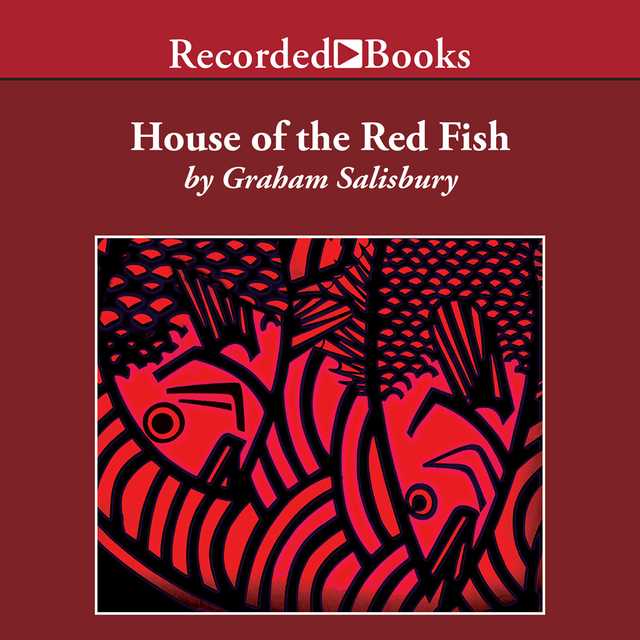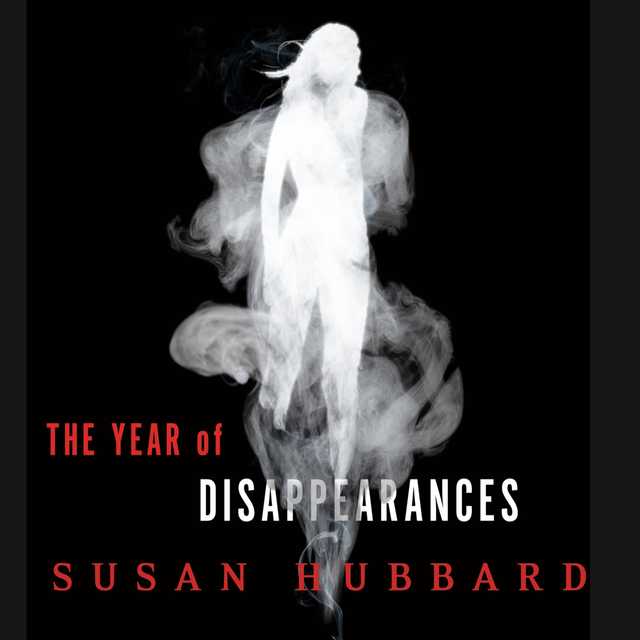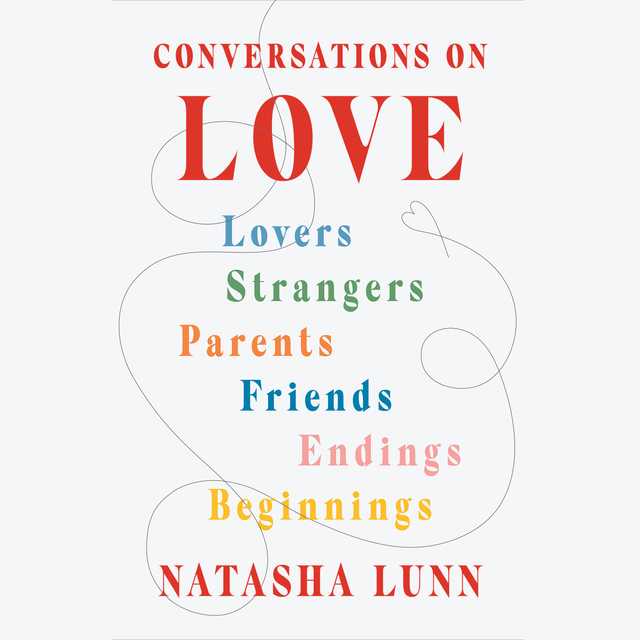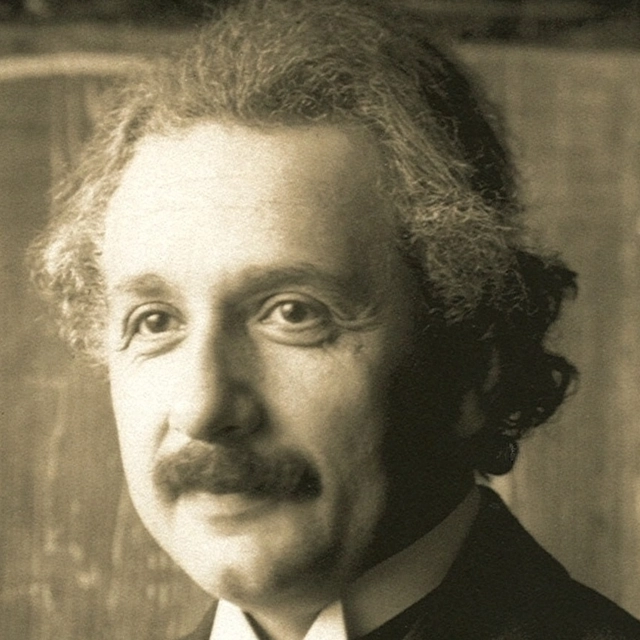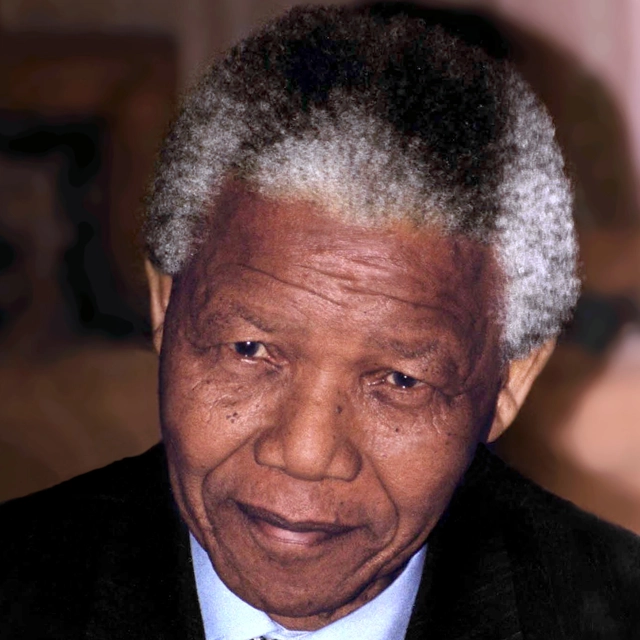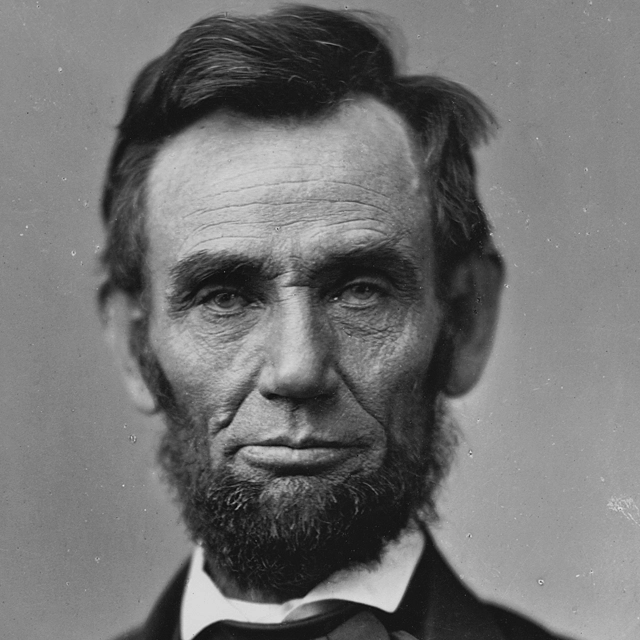Heart and Soul Audiobook Summary
The story of America and African Americans is a story of hope and inspiration and unwavering courage. Kadir Nelson’s award-winning Heart and Soul is about the men, women, and children who toiled in the hot sun picking cotton; it’s about the America ripped in two by Jim Crow laws; it’s about the brothers and sisters of all colors who rallied against those who would dare bar a child from an education. It’s a story of discrimination and broken promises, determination, and triumphs.
Kadir Nelson’s Heart and Soul–the winner of numerous awards, including the Coretta Scott King Author Award and Illustrator Honor, and the recipient of five starred reviews–is told through the unique point of view and intimate voice of a one-hundred-year-old African-American female narrator.
This inspiring book demonstrates that in striving for freedom and equal rights, African Americans help our country on the journey toward its promise of liberty and justice–the true heart and soul of our nation.
Other Top Audiobooks
Heart and Soul Audiobook Narrator
Debbie Allen is the narrator of Heart and Soul audiobook that was written by Kadir Nelson
Kadir Nelson won the 2012 Coretta Scott King Author Award and Illustrator Honor for Heart and Soul: The Story of America and African Americans. He received Caldecott Honors for Henry’s Freedom Box by Ellen Levine and Moses: When Harriet Tubman Led Her People to Freedom by Carole Boston Weatherford, for which he also garnered a Coretta Scott King Illustrator Award and won an NAACP Image Award. Ellington Was Not a Street by Ntozake Shange won a Coretta Scott King Illustrator Award. Nelson’s authorial debut, We Are the Ship, was a New York Times bestseller, a Coretta Scott King Author Award winner, and a Coretta Scott King Illustrator Honor book. He is also the author and illustrator of the acclaimed Baby Bear.
About the Author(s) of Heart and Soul
Kadir Nelson is the author of Heart and Soul
More From the Same
Heart and Soul Full Details
| Narrator | Debbie Allen |
| Length | 1 hours 38 minutes |
| Author | Kadir Nelson |
| Category | |
| Publisher | Balzer + Bray |
| Release date | September 27, 2011 |
| ISBN | 9780062125255 |
Subjects
The publisher of the Heart and Soul is Balzer + Bray. includes the following subjects: The BISAC Subject Code is General, Historical, Juvenile Fiction, United States
Additional info
The publisher of the Heart and Soul is Balzer + Bray. The imprint is Balzer + Bray. It is supplied by Balzer + Bray. The ISBN-13 is 9780062125255.
Global Availability
This book is only available in the United States.
Goodreads Reviews
Betsy
October 23, 2011
Humans tend to be a highly visual species. When folks tell you not to judge a book by its cover, that's an optimistic sentiment rather than a rule. People like to judge by covers. Often we haven't time to inspect the contents of all the books we see, so the jackets bear the brunt of our inherent skepticism. With this in mind, Kadir Nelson has always had an edge on the competition. If the man wants to get you to pick up a book, he will get you to pick up a book. You often get a feeling that while he doesn't really care when it comes to the various celebrities he's created books for over the years (Spike Lee, Debbie Allen, Michael Jordan's sister, etc.) when it's his own book, though, THAT is when he breaks out the good brushes. Nelson wrote We Are the Ship: The Story of Negro League Baseball a couple years ago to rave reviews. Now he's dug a little deeper to provide us with the kind of title we've needed for years. Heart and Soul gives us a true overview of African Americans from start to near finish with pictures that draw in readers from the cover onwards. This is the title every library should own. The book has heart. The pictures have soul.An old woman stands in front of a portrait in the Capitol rotunda in Washington D.C. Bent over she regards the art there, recounting how it was black hands that built the Capitol from sandstone. "Strange though . . . nary a black face in all those pretty pictures." Looking at them you would swear black people hadn't been here from the start, but that's simply not true. With that, the woman launches into the history of both our nation and the African Americans living in it, sometimes through the lens of her own family. From Revolutionary War soldiers to slavers, from cowboys to union men, the book manages in a scant twelve chapters to offer us a synthesized history of a race in the context of a nation's growth. An Author's Note rounds out the book, along with a Timeline, a Bibliography, and an Index.Kadir Nelson, insofar as I can tell, enjoys driving librarian catalogers mad. When he wrote We Are the Ship some years ago he decided to narrate it with a kind of collective voice. The ballplayers who played in the Negro Leagues speak as one. Normally that would slip a book directly into the "fiction" category, were it not for the fact that all that "they" talk about are historical facts. Facts upon facts. Facts upon facts upon facts. So libraries generally slotted that one into their nonfiction sections (the baseball section, if we're going to be precise) and that was that. Now "Heart and Soul" comes out and Nelson has, in a sense, upped the ante. Again the narrator is fictional, but this time she's a lot more engaged. The Greek chorus of baseball players in the last book spoke as a group and so the normally fastidious catalogers could look the other way. The old woman telling the tale in this book, in contrast, mentions family members, her opinion on various matters, and all kinds of personal details. She also, however, gives a good historical encapsulation of the past. With her voice, Nelson makes the book personal and gives it a bit of child-friendlier zing. In doing so, though, he's going to drive folks who like books to sit squarely in one section or another nuts.One criticism lobbed at the book is an opinion that Nelson's encapsulation of history is too slight. Too oversimplified or overgeneralized. I think instead that what we're dealing with here is an overview. An overview, mind you, of the overlooked. I don't know about your children's library shelves but mine aren't exactly full to bursting with encapsulations of the vast swath of African-American American history created in as engaging a matter as this little number. In making this book, Nelson has had to boil down great complex moments and ideas into their simplest forms. It's wonderful to see what's taken his attention here too. The choice to open with "The Baptism of Pocahontas" in the Capitol rotunda of Washington D.C. is an inspired choice. From there Nelson starts right off by pointing out that for as long as America has been colonized, black people have been there alongside the colonizers. You get to see George Washington with one of his slaves (a nice visual companion piece to other 2011 books like Jefferson's Sons by Kimberly Brubaker Bradley), and blacks who fought in the Revolutionary War (pair with Forge by Laurie Halse Anderson). The book hits a lot of the usual history like slavery, Reconstruction, and the Civil Rights Movement but it also finds time for things like The Great Migration (a topic I know I never heard mentioned when I was a kid), the role of WWI in the lives of black people, and how people were divided over Booker T. Washington. I was particularly taken with a section that gives attention to black women's roles in getting women the vote. Nelson's selections cannot possibly please every reader, but I'd say that when it comes to pinpointing the top moments, he has good taste.That said, while I didn't find the book to oversimplify as a whole, I did find individual sections would winnow down a moment or a person too far to be wholly understood without already having some history under your belt. One instance of this is when Nelson discusses Abraham Lincoln. After bringing up the Kansas-Nebraska Act Nelson's narrator says, "It put fire in the bellies of abolition folks all over the Union, including a country lawyer named Abraham Lincoln. Because of it, that fellow decided to run for president." I'm not saying that statement is necessarily untrue, but it sure does sound as if that was the sole reason the man decided to run for office. We know this is not the case. A perhaps more egregious passage was pointed out to me by a teacher friend of mine who found the book's explanation of why we entered WWII confusing to say the least. First, we learn that the Nazis were occupying much of Europe and hurting people. Fair enough. Then the book says that the Japanese bombed Pearl Harbor. "We couldn't stay out of it anymore, honey. It was time to saddle up and fight." Now let's say I'm a kid reading this book on my own with only the barest understanding of WWII. I've just read that the Germans were taking over Europe. Japan bombs us and now we're at war with them. So what, if anything, does that have to do with the Germans? As an adult with a little history under her belt (very little) I know the connection, but Nelson kind of slips this one by. Passages like this need a bit more if they're going to stand on their own.As with any Kadir Nelson book, it's the art that grabs you first. The cover sports an image that reminds you of classic Andrew Wyeth Americana. On it a strong young woman sits in a field, a baby in her arms. She sits in such a way that you get the impression that she is posing for her portrait. Her expression is neither happy nor sad, and as she looks at you she takes you in. Her hands belie the work she has had to do over the years. On her lap the baby is less guarded, but his eyes don't focus on the viewer exactly. It's like they're tracking just the slightest bit to the left. A person could read whole tomes of novels in these two. This could well be our narrator on the jacket, though Nelson never identifies her as such. What's more, I've just used about 146 words to describe a single solitary picture in this book. Now flip it open and see how many more await you inside. Some, like the burning KKK cross, are rough, and the canvas pokes out strongly beneath the paint. Others, like the portrait of Rosa Parks, belie Nelson's delicate hand and tendency to play with shading and light. Two page spreads of images appear at times and some have suggested that these take you out of the narrative. Personally I disagree. I find them a smooth transition from text, back to text.As for the subjects in the pictures, Nelson makes some choices that surprised me. White people do appear from time to time, and it's interesting to note what they're doing at a given moment. They don't move much, y'know. Nelson's style is more comfortable with portraiture than action (violence is implicated here with lonely whipping trees, fiery crosses and houses, or foggy images on old televisions), so when you see white people they are usually standing and regarding black people. The slavers on a ship or the customers at a sit-in in Greensboro stand and stare. Their faces are usually blank, though on occasion one will sport an angry expression. Then there are folks like George Washington who sit staring into the distance, utterly unaware of their servants and slaves, Lincoln, posing with tired eyes looking into the distance, or the National Guardsmen in Little Rock, Arkansas. Finally, by the end of the book, white people walk with arms interlinked with those of blacks in an effort to break down American injustice. Theirs is a journey too, albeit a much easier one.Discussing whether or not children will enjoy reading a work of nonfiction is difficult when you don't know the context in which they'll be reading it. It's my guess that nine times out of ten this book will be read by a student assigned it in school. They will scrunch their noses at the size but relax slightly when they see that it is only 108 pages or so. Then they may flip through and look at the pictures first. I know if I was ten and was handed this book that would be the first thing I'd do. And for the pictures that looked particularly interesting I might start to read. The kid who does that may then finally flip back to the beginning and go from there. If they do, they'll encounter a book that with warmth and good humor manages to catalogue injustice after injustice without bitterness. They'll learn about a portion of American history too little covered in the history books, even today. And in doing so they'll be the hope and soul of the future of our nation. Nelson has done us a great service in creating this book for us. Let's see if we've the guts and the moxie to take what he has given and put it to good use.For ages 9-12.
Adriana
January 19, 2015
Have you ever wanted to know your family history? Have you wondered whether your ancestors were a part of a big event in history that took place? Heart and Soul is a story about the author’s family history that stretched back all the way to when his great-grandfather came to the newly found and settled America to serve as a slave. In this powerful and touching story, the author leads us through key points in history that embody the African-American spirit and their strives to be free. He timelines the great strives slaves had made from first arriving in the United States to the present, how he himself cast a vote to elect Barrack Obama as the first African-American president in 2008. His family had fought in the many wars this country was a part of and eventually made their way throughout the heartland of the U.S. Though this book doesn't go into great detail about the certain events that took place, it does well at introducing these events to cause further research and discussion. This story is such a great book to have on hand because although it is only one account of the author’s family history, it does a great job at highlighting the main events that occurred that affected them in some way. These events shaped the course of U.S. history to where it is today. This book would be a great way to introduce and guide discussion of race and how it applies even today. Heart and Soul has touched my heart because rather than reading all of these events in a history textbook, we were able to read it through a family’s perspective and through their emotions and thoughts. It was an engaging story that kept my interest as it should to many of the students who will read this.
Deb (Readerbuzz)
February 21, 2021
Kadir Nelson. He's the best. I could look at his paintings all day. Nelson takes on the persona of an elderly African-American woman sharing stories of her family from the time of their arrival in America through the era of Martin Luther King Jr. to write this mesmerizing history of America and African-Americans. Riveting is the word I would use.
Sharon
December 17, 2011
It is a little hard to evaluate the text of this book independently from the images, just because the paintings are *so* arresting. I have to say, and maybe I'm the only one, but I was quite taken with the writing and voice as well. I think Nelson accomplished something that looks simple but actually must have been quite difficult, which is condensing really significant African-American historical events into just enough detail that they are understood from that culture's perspective. The familiar authorial voice kept it from becoming too condescending because it felt like it was speaking from a long experience, and the balance of hope was never lost even though the book is honest about times in history that were very difficult for this culture.Here's a couple of examples of what I'm talking about: on p. 53, the "now, it's not particularly easy to describe what was happening in Europe at the time, but I can tell you that in 1914, Archduke Ferdinand was assassinated..." etc. By conceding that history is often viewed through a personal lens, Nelson gives the story the power to convey clearly just the details relevant to African-American and personal history. The sections on Harlem and inventors in particular are so bright and hopeful, but I love how Nelson also shows how people found hope in the worst of times, like singing the spirituals in the section on slavery. Honestly, I found the voice very warm and moving most of the time with all the "honeys" and "chiles" thrown in there, but it never felt too overly sentimental, either. It's almost a shame because I know this book is going to be recognized more for the stellar illustrations (as it probably should be), and it would be interesting what I'd think of the text alone and I'll never have that chance, but to me it achieved a lot in a deceptively simple way and definitely met the CSK criteria for promoting an understanding and appreciation of the culture. Last year, in February, an African-American mom was in the library looking for a book to give her son that went over a lot of the cultural history in a way he could understand and that would instill some pride. I did give her some books they could share, but I really wish I had been able to give her this book at the time. I think it's so beautiful and probably exactly what she was looking for.
Emily
April 21, 2019
For my informational text I read the book “Heart and Soul: The Story of America and African Americans” by Kadir Nelson. This book is written through the perspective of an unnamed narrator. The book shows the injustices and struggles that African American’s faced throughout history. It travels from slavery, to Jim Crow laws, and through the civil rights movement. This book was a WOW book for me as it was an inspiring account of the injustices faced by African Americans in America. While being inspiring, the book was also raw and realistic and this really drew me in as a reader. I think that this book would be most appropriate for 5th or 6th graders, and the book needs to be heavily supported by the teacher to ensure that students are getting as much out of it as they can. I think that this book would be good for a student to read during a more in-depth unit on the civil rights movement. This book would also help to give context to students both due to the story and the illustrations in the book. Activities that can be done while reading this book include the creation of timelines to keep track of the history the book covers, or group discussions. I think that the topic of this book is so important to discuss in a respectful manner, so organized small group discussions or whole group socratic seminars would work well with this text.
Jenny
February 10, 2022
The paintings are beautiful, and the writing carries you along. It's a solid book for the elementary years. Nelson covers the hard topics of race from the beginning of the country through the Civil Rights act of 1964. If I have any complaints, I wish there'd been one more chapter to touch on recent history - at least Obama's election, if not the ongoing issues. It's mentioned in passing in the epilogue but not by name.I'll be using selected chapters in my 2/3rd grade classroom
Kelley
February 04, 2021
You can get swept up in the illustrations alone, but the text is just as beautifully written.
Sara
March 07, 2019
Informational text- In this book, Kadir Nelson tells the story of African Americans' struggle for equality in American through captivating literary nonfiction text and beautiful oil paintings. Nelson was able to provide a succinct summary of 400 years of American history in less than 100 pages. Told through the perspective of a grandmotherly type figure, the book recounts important historical events for African Americans from the start of slavery to the election of Barach Obama. I learned so much from this book that I felt like was not taught to me effectively in school growing up. By chronicling the struggles and hardships African Americans went through, including slavery, the Civil War, Reconstruction, the Great Migration, Jim Crow laws, and the Civil Rights Movement, the book really enlightened me to what the African American people have been through. I had never really thought about all of these times in history at once and was sort of astounded by what African Americans have been through and how this people group has persisted. I found myself in tears while reading, thinking about this long journey. Kadir Nelson's art style is so gripping. The art in this book is probably my favorite illustrations of any children's book I've read. I found myself feeling guilty turning the pages, thinking I had not admired each picture for long enough. I think this book would be most appropriate for fifth graders. Using this book in a classroom would be a great way to integrate social studies and literacy. Students can learn so much about historical topics covered in the North Carolina upper elementary social studies standards like slavery, the Civil War, and Reconstruction. Teachers could take chapters from this book that relate to what students are learning about in social studies. Using this book in this way could provide students with a different perspective, by reading about African Americans' roles in these times. This book may give them a better sense of what African Americans felt during the time period they are learning about. I think it would be cool to use this book at different times throughout the year for different periods in history that are being taught.This book could be used for students to practice recognizing the text structures of nonfiction: description, sequence, cause & effect, compare & contrast, problem & solution. I think all of these text structues are somewhat present in this book. There are definitely a lot of clear examples of description, sequence, and cause & effect present in "Heart and Soul." Teachers could take excerpts or chapter from this text for students to read and then figure out which text structure or structures are being used. Teachers could require students to explain their reasoning or underline words that indicate which text structures are being used. Students could even make a graphic organizer of some kind to present the information being conveyed with the text structure. For example, a Venn diagram for compare & contrast.
Martha
October 31, 2017
I was first drawn to Kadir Nelson's Heart and Soul: The Story of America and African Americans because of his artwork. After reading the text, I am at once impressed with not only the artwork, but his careful research and presentation of America's Story through the lens of an African American. You felt like you were sitting with someone's grandma as she told you the story, and you didn't fall asleep! This rich text can easily be a 5th grade read-aloud as it nearly covers our entire social studies curriculum! Each of the twelve chapters has beautiful, moving artwork. Teachers will enjoy the historical quotes included with each chapter, too. Two bonuses are the chronological Time Line and Bibliography. In the Author's Note, the author/illustrator (Nelson) describes that History was not his favorite subject, and this book grew out of his paintings of historical subjects. He devoted much research, time and energy gathering the information together that he portrays stunningly in Heart and Soul! The Bibliography can be used as accessible videos and websites for the students.As a future fifth grade teacher, Heart and Soul is a definite read-aloud for my class. Reading one chapter a day, you could cover this in a little more than two weeks. Since, it really is a nice review of 5th grade NCESS, I would read it in the spring as a review and pair it with writing, poetry and art. Students could research topics from each chapter and add to a class jigsaw Google Doc. We may even create a poem from our research and Nelson's textual information. How cool would that be!? The students' artwork can accompany our poetry and be published together digitally.
Heather
October 11, 2021
This was a really excellent overview of American history through the lens of African Americans. It is brief but inclusive, covering all the major historical events, but with a focus specifically on how African Americans were affected by and responded to the events. I like how the story is told as if through a narrator, an older woman or grandmother, talking to a young person, perhaps a grandchild, and is given a sense of familiarity because she refers to the reader often as “chile” or “honey.” It’s told from the perspective of personal, family history, starting with her grandfather who was one of the last African-born slaves. This lends a much more personal touch to the story and the history because she recalls family members who had active rolls in the major events, rather than the events being objective history. Because of this, there is a lot more emotion that comes through, both good and bad, and therefore more empathy and understanding. There are many lesser known, but very interesting historical events featured as well.The full-page illustrations throughout are excellent, boldly colored and detailed. There are many very realistic portraits of historical figures like Frederick Douglass, Harriet Tubman, Abraham Lincoln, and Dr. Martin Luther King Jr., among others.I think this would be an excellent complement to any history class and would provide a much needed perspective that is often left out, overlooked, or quickly passed over.
Whitney
March 08, 2017
Heart and Soul: The Story of America and African Americans took me through history in America and as the author stated, it truly painted a picture and “the American story came alive to me.” The author and illustrator, Kadir Nelson, researched his information for the book from interviewing his family members who lived through these moments in history, listening to the stories they have to tell, and pictures that tell their own story. The book takes you from the very start of American history, the Declaration of Independence, to slavery, the Great Migration, World War II, up to Barack Obama becoming president. It tells the story of how African Americans helped build our country to what it is today. This was a WOW book for me because history was not my favorite subject in school, but this book made me want to read more and inspired me to learn more about these topics and my own family history.Heart and Soul: The Story of America and African Americans is an engaging and inspirational informational text. I would use this book in 5th grade as a read aloud while studying American history. The teacher could read a chapter and that could be the topic of the day. This book could be used to assign students a chapter to read and research the topic to present to the class. This book could also be used throughout Black History Month to guide discussion of Black or African American role models. Lastly, I would use this book as an inspiration for students to research their own family history. I would allow my students to interview their family members and find pictures that tell their own family story.
Reina
February 06, 2020
Beautiful artwork and a compelling narrative, as told by a fictional (I think?) version of the author's grandmother. My son liked it more than just reading a history text.
Most Popular Audiobooks
Frequently asked questions
Listening to audiobooks not only easy, it is also very convenient. You can listen to audiobooks on almost every device. From your laptop to your smart phone or even a smart speaker like Apple HomePod or even Alexa. Here’s how you can get started listening to audiobooks.
- 1. Download your favorite audiobook app such as Speechify.
- 2. Sign up for an account.
- 3. Browse the library for the best audiobooks and select the first one for free
- 4. Download the audiobook file to your device
- 5. Open the Speechify audiobook app and select the audiobook you want to listen to.
- 6. Adjust the playback speed and other settings to your preference.
- 7. Press play and enjoy!
While you can listen to the bestsellers on almost any device, and preferences may vary, generally smart phones are offer the most convenience factor. You could be working out, grocery shopping, or even watching your dog in the dog park on a Saturday morning.
However, most audiobook apps work across multiple devices so you can pick up that riveting new Stephen King book you started at the dog park, back on your laptop when you get back home.
Speechify is one of the best apps for audiobooks. The pricing structure is the most competitive in the market and the app is easy to use. It features the best sellers and award winning authors. Listen to your favorite books or discover new ones and listen to real voice actors read to you. Getting started is easy, the first book is free.
Research showcasing the brain health benefits of reading on a regular basis is wide-ranging and undeniable. However, research comparing the benefits of reading vs listening is much more sparse. According to professor of psychology and author Dr. Kristen Willeumier, though, there is good reason to believe that the reading experience provided by audiobooks offers many of the same brain benefits as reading a physical book.
Audiobooks are recordings of books that are read aloud by a professional voice actor. The recordings are typically available for purchase and download in digital formats such as MP3, WMA, or AAC. They can also be streamed from online services like Speechify, Audible, AppleBooks, or Spotify.
You simply download the app onto your smart phone, create your account, and in Speechify, you can choose your first book, from our vast library of best-sellers and classics, to read for free.
Audiobooks, like real books can add up over time. Here’s where you can listen to audiobooks for free. Speechify let’s you read your first best seller for free. Apart from that, we have a vast selection of free audiobooks that you can enjoy. Get the same rich experience no matter if the book was free or not.
It depends. Yes, there are free audiobooks and paid audiobooks. Speechify offers a blend of both!
It varies. The easiest way depends on a few things. The app and service you use, which device, and platform. Speechify is the easiest way to listen to audiobooks. Downloading the app is quick. It is not a large app and does not eat up space on your iPhone or Android device.
Listening to audiobooks on your smart phone, with Speechify, is the easiest way to listen to audiobooks.












